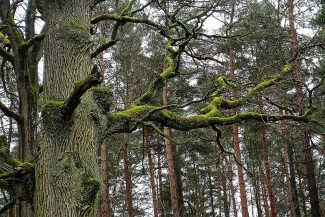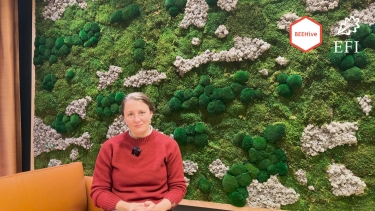Protecting old-growth forests in Europe - new study out now

If you ask stakeholders all over Europe “What should we do with our old-growth forests?”, you can expect eyebrows to be raised. Discussions start with questions continuing to circle at policy level and in academia on how old-growth forest should be defined. Similarly, we face unresolved issues on how to implement the targets of the EU Biodiversity Strategy. Aiming at informing discussions related to these questions, European Forest Institute (EFI) recently released a study titled ‘Protecting old-growth forests in Europe - a review of scientific evidence to inform policy implementation’.
The study reviews scientific literature on the topic of old-growth forests and held a workshop with around 20 external scientific experts in February 2021 to discuss preliminary findings. The experts also had a pivotal role in reviewing and commenting on previous drafts of the study and helped to jointly create key messages throughout the report together with the study’s authors. Key messages cover the following aspects of old-growth forests
- Defining old-growth forests
- Evidence of old and old-growth forests in Europe
- Approaches to protect old-growth forest and to maintain and develop old-growth attributes
- Associated benefits, consequences, and potential trade-offs of old-growth forest protection and management and development of old-growth forest attributes
- Policy implications
The study provides scientific evidence as input to ongoing policy discussions of forest protection in the EU, and thus may also have wider relevance once the highly anticipated new EU Forest Strategy is published.
In case you would like to learn more about the study please check out our blog post 'Old-growth forests, new policy implications' summarizing the key messages or read the entire study document. We have also another blog post which focuses on the takeways of the study with focus on the future EU Forest Policy.
Featured image: Methuselah oak tree in the midst of a Scots pine plantation, near Eberswalde, Germany. Preserving single trees rich in micro-habitats is one effective measure to improve biodiversity (Photo: Andreas Rigling).


